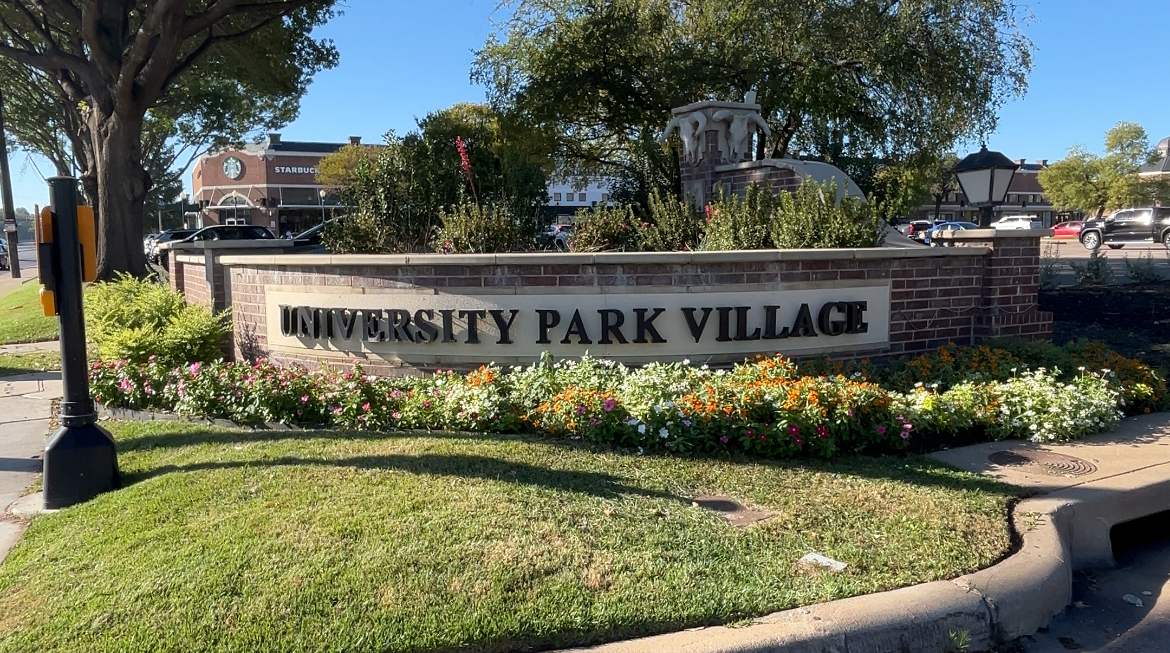The City of Fort Worth and several partner organizations are working together to create a set of regulations for development in the area southeast of TCU’s campus along Berry Street. The city, the Fort Worth Transportation Authority, Texas Christian University and the Berry Street Initiative, a project that works to make improvements to pedestrian areas on Berry Street, are developing these policies for the Berry/University Urban Village. Urban Villages are described as zoned areas that contain various types of development scenarios, yet remain pedestrian and mass-transit friendly. According to the city’s website, Urban Villages are basically a “city within a city.” There are 16 corridors throughout the city, each of which group businesses, households, parks and stores that have a similar feel, emphasizing the unique culture of that area. The regulations, to be adopted by City Council, will help establish how the area from Stadium Drive to Cleburne Road looks, feels and functions. One goal of the new rules is to bring vitality to the area and make it more pedestrian friendly, said Lee Einsweiler, design principal at Code Studio. These regulations have been in development since 2002, when the Berry/University Urban Village was first introduced. Einsweiler, the city’s consultant on new regulations, said the regulations are a call to action for a new approach to zoning. “We have a chance through this project to rethink the character of the area along West Berry,” Einsweiler said. The rules spell out the type of development in the area, such as walkability, height of buildings, windows and doors and streetscape, Einsweiler said. For instance, Einsweiler said that current streetscape—the median and the landscaping on either side—was not designed to handle a lot of rainwater. It cannot handle anything more than a rain shower. The streetscape needs to be extended all the way to Cleburne Road, said Einsweiler, and that part should be built to handle water more effectively. The city would also like to hear from residents about whether they are satisfied with what has recently been built in the area, Einsweiler said.
It is important that the new regulations “are an accurate reflection of what people would like to see,” he said. “We want to truly understand that vision, develop new regulations and then try to get the city to adopt those.” Leanna Stevens, who lives in Bluebonnet Place, said she would like to see “a walkable, urban place that has some enhancement of pedestrian and bicycle access.” Aside from pedestrian improvements, one of the main goals for the project is to ensure that the area is ready for a planned transit stop, which will be located near Cleburne Road and Berry Street. A series of public workshops and presentations about the plans were held in October. Areas of discussion included existing land use, zoning, transit stops and stormwater flooding. There was also talk about walkability, what types of development people want to see and where transit stations could be located. The city will collect the input from these meetings and create a development plan, said Einsweiler. The development plan will be finished in three months and presented to the public. There will be a public review of the development rules in nine months. After that, the city’s Planning and Development Department will formally adopt the rules and send it to the City Council for approval.



